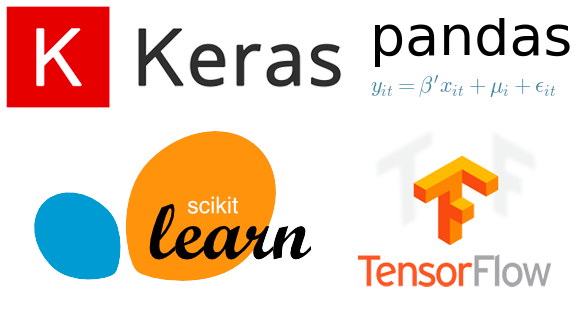How to classify digits using a LaNet in Keras and Python

Classifying digits using a LeNet in Keras and Python is a straightforward process that involves several steps. In this essay, we will discuss these steps in detail.
The first step is to prepare the data for the model. This typically involves loading the data, dividing it into training and test sets, and preprocessing the data to make it suitable for the model. The dataset used for this task is commonly the MNIST dataset, which consists of handwritten digits and their corresponding labels.
The next step is to define the LeNet architecture. LeNet is a convolutional neural network architecture designed to recognize handwritten digits. It consists of several layers, including convolutional layers, pooling layers, and fully connected layers. In Keras, these layers can be defined using the Conv2D, MaxPooling2D, and Dense classes.
Once the architecture is defined, the next step is to train the model on the dataset. This can be done using the fit function in Keras. The fit function takes in the training data, the target values, and the number of epochs, among other parameters. The number of epochs is the number of times the model is trained on the entire dataset.
After the model is trained, it’s ready to be evaluated. This can be done by using the model to make predictions on the test set, and comparing the predicted labels with the true labels. The evaluation can be done using metrics such as accuracy, precision, and recall.
Finally, once the model is trained and evaluated, it can be used for prediction on new data. This can be done by using the predict function in Keras, which takes in the input data and returns the predicted labels.
It’s worth noting that the LeNet architecture is a relatively simple architecture, and it may not be sufficient to achieve high accuracy on more complex image classification tasks. However, it can be used as a starting point to build more complex architectures.
In summary, classifying digits using a LeNet in Keras and Python involves several steps, including preparing the data, defining the LeNet architecture, training the model on the dataset, evaluating the model on the test set, and using the model for prediction on new data. The LeNet architecture is a relatively simple architecture, and it may not be sufficient to achieve high accuracy on more complex image classification tasks. However, it can be used as a starting point to build more complex architectures.
In this Applied Machine Learning & Data Science Recipe (Jupyter Notebook), the reader will find the practical use of applied machine learning and data science in Python programming: How to classify digits using a LaNet in Keras and Python.
What should I learn from this recipe?
You will learn:
- How to code a keras and tensorflow model in Python.
- How to setup a sequential deep learning model in Python.
- How to setup Early Stopping in a Deep Learning Model in Keras.
- How to split train and test datasets in a Deep Leaning Model in Keras.
- How to incorporate Multiple Layers in a Deep Learning model.
- How to reduce overfitting in a Deep Learning model.
- How to test different OPTIMIZERs and Epoch Sizes in a Deep Learning model.
- How to setup an experiment in a Deep Learning model.
- How to setup CNN layers in Keras for image classification.
- How to classify images using CNN layers in Keras: An application of MNIST Dataset
- How to create simulated data using scikit-learn.
- How to create training and testing dataset using scikit-learn.
- How to train a tensorflow and keras model.
- How to report confusion matrix.
- How to plot MNIST dataset in Python.
- How to classify digits using a LaNet in Keras and Python.
How to classify digits using a LaNet in Keras and Python:
Disclaimer: The information and code presented within this recipe/tutorial is only for educational and coaching purposes for beginners and developers. Anyone can practice and apply the recipe/tutorial presented here, but the reader is taking full responsibility for his/her actions. The author (content curator) of this recipe (code / program) has made every effort to ensure the accuracy of the information was correct at time of publication. The author (content curator) does not assume and hereby disclaims any liability to any party for any loss, damage, or disruption caused by errors or omissions, whether such errors or omissions result from accident, negligence, or any other cause. The information presented here could also be found in public knowledge domains.
Learn by Coding: v-Tutorials on Applied Machine Learning and Data Science for Beginners
Latest end-to-end Learn by Coding Projects (Jupyter Notebooks) in Python and R:
Applied Statistics with R for Beginners and Business Professionals
Data Science and Machine Learning Projects in Python: Tabular Data Analytics
Data Science and Machine Learning Projects in R: Tabular Data Analytics
Python Machine Learning & Data Science Recipes: Learn by Coding
How to setup a binary classification Deep Leaning Model in Keras